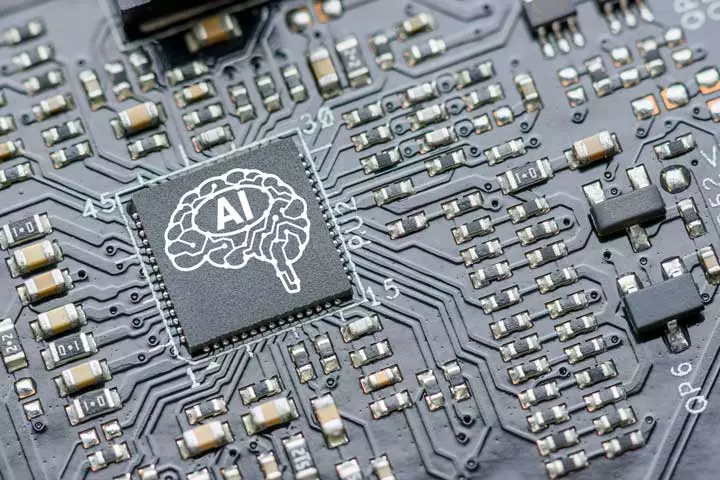Researchers at OSF HealthCare in Illinois have harnessed the power of artificial intelligence (AI) to assist medical professionals in determining patients’ likelihood of dying during their hospital stays. With a pressing need to facilitate crucial end-of-life conversations, OSF HealthCare’s team has crafted an AI model specifically designed to forecast a patient’s risk of death within a timeframe ranging from five to 90 days post-admission.
The primary objective behind this pioneering effort is to enable clinicians to engage in essential discussions concerning patients’ end-of-life preferences and ensure that their care aligns with their wishes. Dr. Jonathan Handler, OSF HealthCare’s Senior Fellow of Innovation and lead study author, emphasized the organization’s aspiration to document advanced care planning discussions for every patient they serve. This becomes especially critical during the sensitive end-of-life phase when patients may become unable to communicate due to their clinical condition.
Dr. Handler pointed out that when patients reach a state of unconsciousness or require mechanical ventilation, it may be too late for them to express their healthcare preferences. Ideally, the AI-powered mortality predictor serves as a preemptive measure to prevent situations where patients pass away without benefiting from hospice care that earlier documentation could have facilitated.
AI’s impressive accuracy in predicting patient mortality
The AI model underwent rigorous testing, involving over 75,000 patients from diverse backgrounds, encompassing various races, ethnicities, genders, and socioeconomic factors. Research findings, recently published in the Journal of Medical Systems, revealed that the overall mortality rate among patients was one in 12. But, for those flagged by the AI model as having a higher likelihood of dying during their hospital stay, the mortality rate surged to one in four, marking a threefold increase compared to the average.
Notably, the model’s performance remained consistent whether tested before or during the COVID-19 pandemic, attesting to its robustness and reliability.
The AI model was trained on an extensive dataset consisting of 13 different types of patient information, including clinical trends, organ functionality, healthcare system interaction frequency, and patient age. It leverages this data to generate a probability or “confidence level” for each patient, accompanied by an explanation outlining the elevated risk of mortality. This streamlines the decision-making process for physicians, presenting them with comprehensive information that would typically require extensive time and effort to collect, analyze, and summarize.
The role of AI in healthcare
While acknowledging that the predictor may not be infallible, Dr. Handler stressed its primary purpose of stimulating clinicians to engage in vital conversations with patients. Regardless of the prediction’s accuracy, the ultimate aim remains to ensure that patients receive end-of-life care that aligns with their unique needs and preferences.
Currently in use at OSF, the AI tool has been seamlessly integrated into clinicians’ workflows to provide support and enhance patient-clinician interactions. The team is actively optimizing the tool to maximize its impact on fostering meaningful and thoughtful discussions between patients and healthcare providers.
The promise and pitfalls of AI mortality prediction
As the healthcare industry embraces AI, experts like Dr. Harvey Castro, a board-certified emergency medicine physician from Dallas, Texas, caution about potential risks and limitations. False positives, where the AI model incorrectly predicts a high mortality risk, could lead to unnecessary distress for patients and their families. False negatives, on the other hand, may result in delayed or missed end-of-life discussions and the potential neglect of patients’ final wishes.
Additional concerns include over-reliance on AI, data privacy issues, and biases that may arise if the model is trained on a limited dataset, potentially leading to disparities in care recommendations among various patient groups. Dr. Castro underscores the importance of combining AI predictions with a compassionate human touch, particularly in sensitive discussions about life and death.
Continuous monitoring and feedback mechanisms are deemed essential to ensure the accuracy and effectiveness of AI models in real-world healthcare scenarios. Dr. Castro emphasizes that ethical exploration of AI’s role in healthcare, particularly in life and death predictions, remains paramount to ensure that innovation serves the best interests of patients and their well-being.





